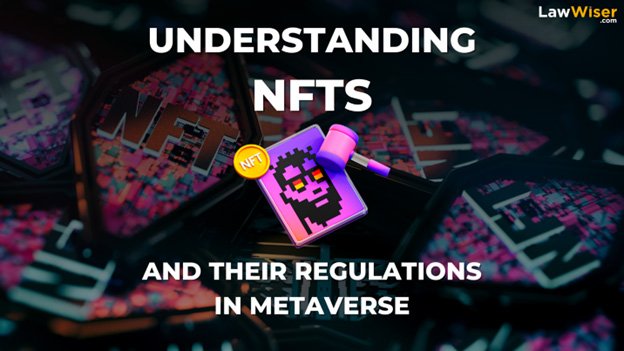To-date, Legal-tech uptake has been driven by the adoption of standalone tools, including; contract management, regulatory updates, compliance automation, KYC and e-signatures. These are solutions that target particular use-cases and are largely limited to the group that commissioned them, such as corporate legal departments or law firms. There is no doubt that these tools can bring substantial productivity gains and cost savings, but the biggest frustration we hear from users, is that standalone tools are just one piece of a larger ecosystem, and this sends a very clear message that the future is Platforms!
If there was any doubt about this direction, you need read no further than the Reserve Bank of India’s Circular 24/117 from January 2024. Regulators are increasingly looking to tech solutions to improve reporting and guide oversight, but it is unusual for them to mandate the adoption of internal systems, which in this case, required Supervised Entities (“SEs”) to improve their internal monitoring of compliance. This followed a number of inspections from which the RBI concluded that monitoring was being carried out “with significant manual intervention”. In a far-sighted and prescient directive, RBI called for action including, that SEs;
“…provide for effective communication and collaboration among all the stakeholders (by bringing business, compliance and IT teams, Senior Management, etc. on one platform)”
This is the very challenge that legal-tech providers have set out to solve, where in addition to bringing efficiency and cost-savings, we can now architect solutions that deliver a quantum leap in efficacy and become communications platforms that create an ecosystem of support. Moreover, as RBI has critically mandated, these features need to be supported by;
“a unified dashboard view to Senior Management on compliance position of the RE as a whole”.
We are now in an era where many app’s can speak to each other via API’s and interoperability is becoming a given. In the ecology of legal-tech, these are important first steps and the precursor to fully functioning platforms which bring stakeholders together, but the rate-determining step is not just technology, it is the mindset to drive change.
The Best Platform Experiences Require a Cultural Shift
Our current corporate structures have evolved from the pen and paper era and are inherently cumbersome. They can be burdened further where there is an ever-widening group of people and functions who think they need to be involved in every decision, whereas the best platforms do the opposite!
Companies should seek to drive decision making down to the lowest level in the organization where tasks can be competently executed. This has significant implications for platform design, as the architecture must empower users with the information and support they need to formulate and upload accurate data. For example, in a compliance platform, the owner of a particular filing needs ready access to the relevant company policies and filing history to ensure consistency and accuracy.
Similarly, as RBI has mandated, platforms must be more than digital archives but enable communication between decision makers and management.
For companies that are encumbered with legacy decision structures, the cultural shift to extract value from platforms can be significant. Take for example the manager who thinks he needs to be part of every decision (and you know someone just like this!) – the platform needs to empower decisions to be executed at the appropriate level while ensuring robust oversight. Technology can enable this balance in a number of ways;
- escalation protocols that ensure that important decisions have next-level approval
- communication capabilities within the platform so that the collective wisdom of the organization is harnessed by technology (thus delivering on the RBI mandate)
- role-based access so that task owners deliver, managers guide and approve and, audit and compliance provide oversight.
These tools can make a major contribution to solving the universal dilemma of; why is so much of my day spent on dealing with minutiae rather than mission critical issues?
Ultimately, platforms can not only solve legacy problems, but they can also enable new business models. Take for example, the outsourcing of legal work to low-cost, high-talent jurisdictions. We all know that this can be cost-effective, but the most commonly cited impediment is the burden of administrative set-up and the need for an appropriate system of oversight. In this context, platforms offer major advantages as users can be plugged in from anywhere in the world and their work reviewed in the same way that internal tasks are monitored.
Just as RBI has called for the integration of all stakeholders onto one platform, that very architecture will enable corporate legal departments and law firms to widen their ecosystem even further through the integration of different disciplines and exciting new business models.
Watch out for the next blog in this series where we examine how law firms can capitalize on these exciting opportunities.
This article is authored by John Matheson, Co-Founder, Quant LegalTech Pte Ltd. The article may not necessarily deal with every aspect of the topic. It is not created to provide legal or other advice. The views expressed are of the expert(s) in the article and do not necessarily reflect LawWiser’s or their employees’ opinion.



 June 10, 2024
June 10, 2024








 July 25, 2024
July 25, 2024 0 COMMENTS
0 COMMENTS



